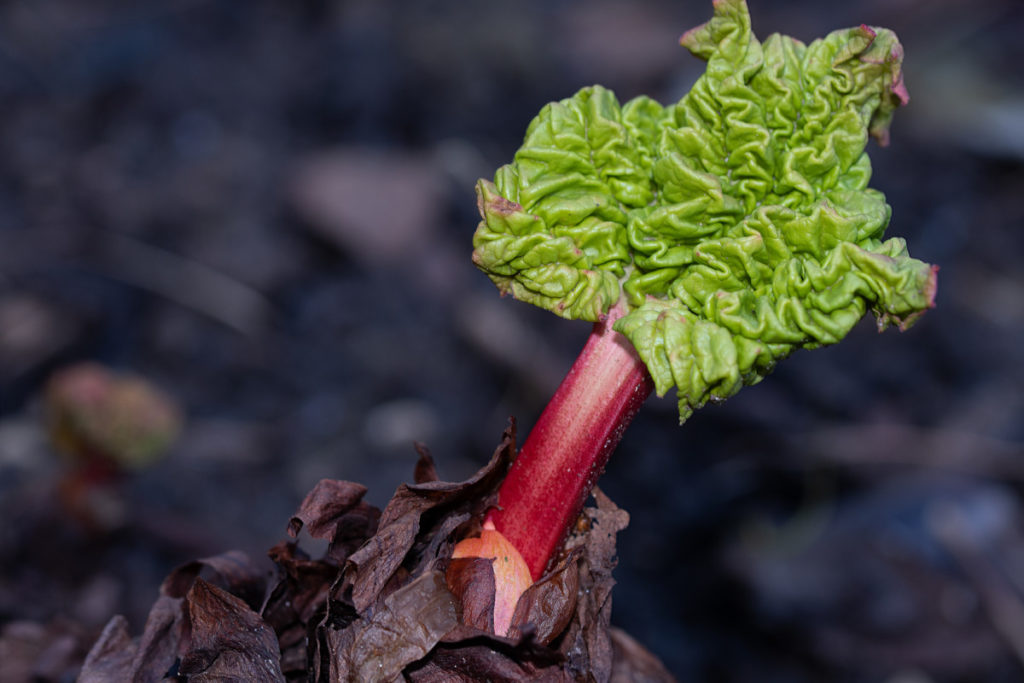
With the end of winter almost in sight and visions of planting soon underway, it can only mean that February is upon us.
February is the still time for planning and designing your garden, for organizing your seeds by their sowing dates and for making your own seed tape. If the weather is cooperative, you can prepare and build your raised beds (just make sure you avoid these common mistakes!), mulch your perennials and start chitting your early potatoes.
In the flower garden, roses may still be in need of pruning, fruit trees, berry bushes and canes too (that are all slumbering in blissful dormancy).
February, it seems, is also the time to accomplish all those gardening jobs you didn’t get around to in January.
Don’t worry about checking off every item on the list though. For gardeners around the world are never on the same schedule, nor are we experiencing the same weather.
The best way to go about planning and planting a garden is one step at a time. Just do what you can according to your time, climate and energy. Soon enough, everything in your garden will fall into place and before you know it, your first harvest will arrive.
February is the time to stop procrastinating
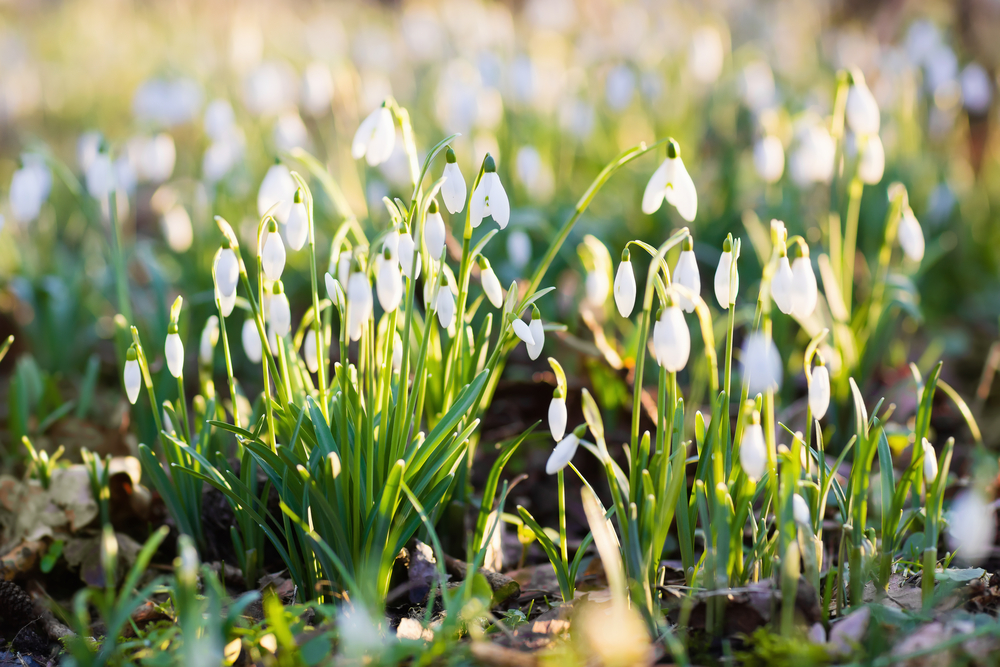
Whether or not the groundhog saw its shadow this year, there is always more to winter. Sometimes much, much more. It may even snow in May! But don’t ever let that stop you from being prepared!
At the moment you may still be inside by the heat of the fire, just as we are, sipping an herbal tea and peering at the melting snow outside. Wondering when those sunny, warm days will be here again. Trust that they are coming and, in the meantime, give thanks to the cold, for that is also necessary for the stratification of certain seeds.
Also spend some time thinking how nature is more resilient than we give her credit for, knowing that many plants can handle cold weather better than we think. It turns out that us humans are the same, if only we gave a barefoot walk in the snow a try…
If you still feel that “garden procrastination” holding you back, take a walk in nature to lift your spirits and boost your energy, so you can get cracking with your gardening duties.
Important gardening jobs to do in February:
1. Order garden seeds and take inventory of what you already have
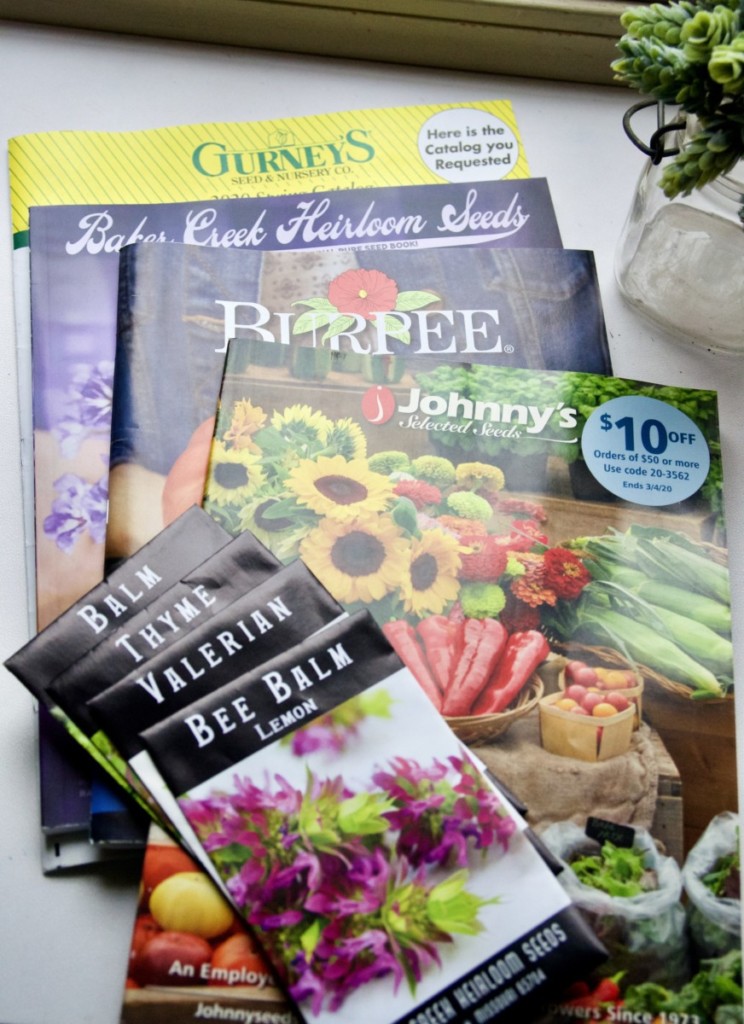
If you haven’t ordered your seed catalogs yet, it isn’t too late. You can also give online ordering a go. Just be sure to check each seed selling company’s website carefully for the best time to place your order. And please refrain from hoarding seeds to ensure that there are plenty for us all. After all, seeds have a short shelf-life.
If you are concerned about seed shortages in the future, now is the time to consider learning how to save your own garden seeds before you even plant them.
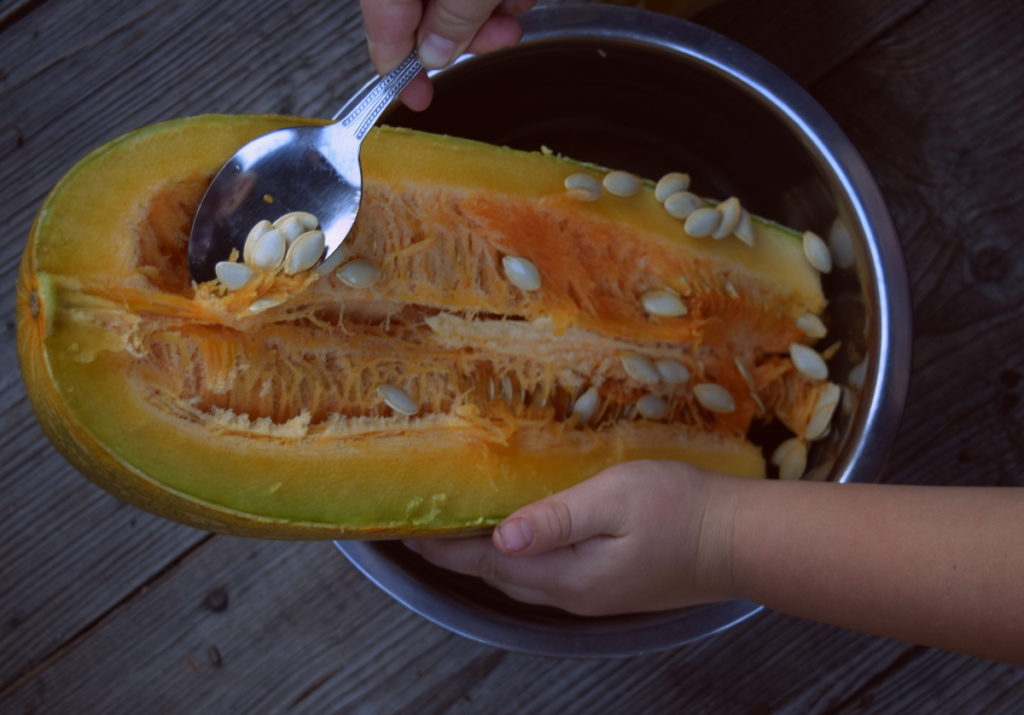
Do keep in mind that more and more people want to try their hand at growing food at home this year, so the sooner you get your order in, the less you will have to wait. Don’t forget about buying seeds locally or at garden centers, seed swaps and exchanges, etc.
We are using this time to go through our own garden seeds; seeds saved from our own garden, others from friends and from the commercial market.
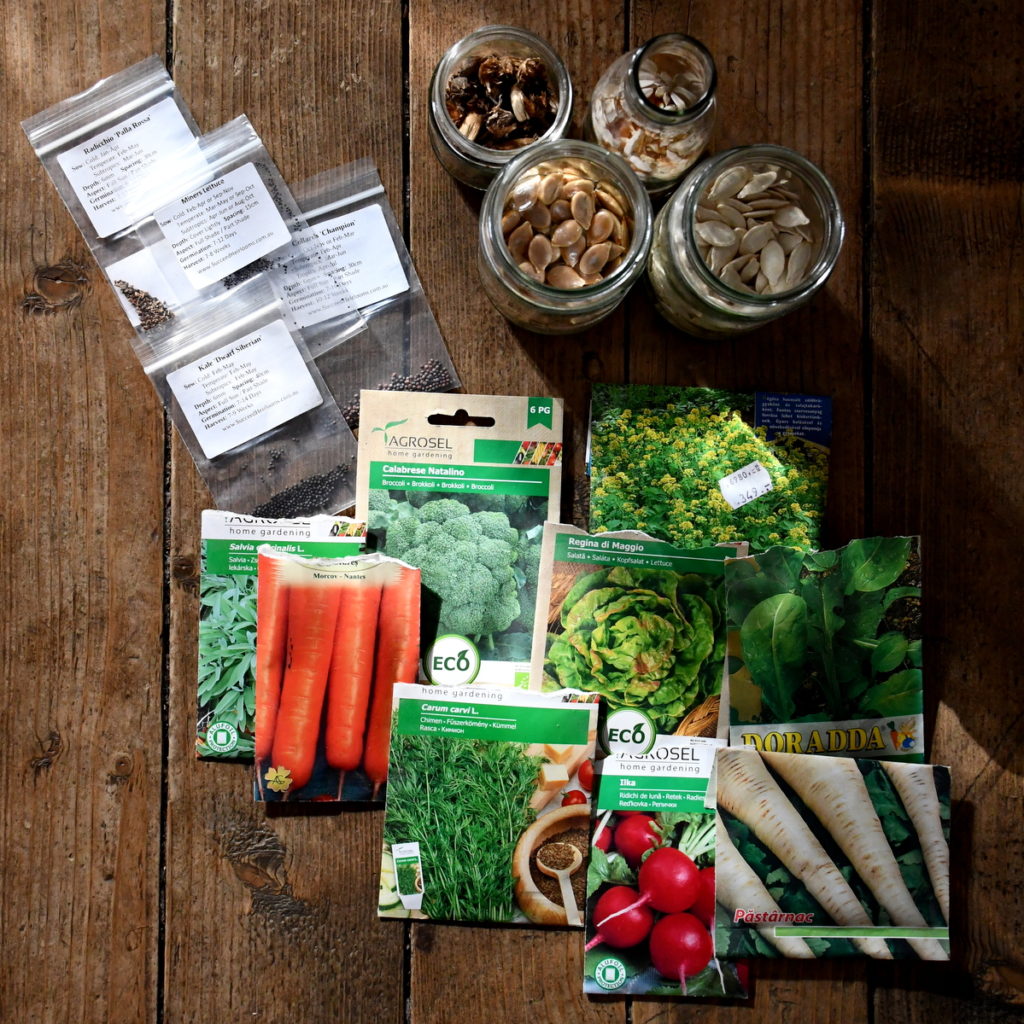
It is smart to take stock of what you already have before purchasing more.
2. Organize your garden seeds by planting date
To have a well-laid-out garden takes some pre-planning on your part. Not only should you consider companion planting and crop rotation for bigger and better harvests, it also helps to organize and lay your seeds out by planting dates too. This way you can visualize the space they will grow in and the order in which they can be planted. Planning your garden planting schedule ahead, saves you time in the long run.
Don’t forget to plan for intercropping too! Intercropping involves growing two edibles on the same patch of land at the same time. One of the edibles is still young and small, while the other is reaching maturity. Once the mature veg has been harvested, the younger, smaller edible can flourish.
3. Choose nature – or grow lights
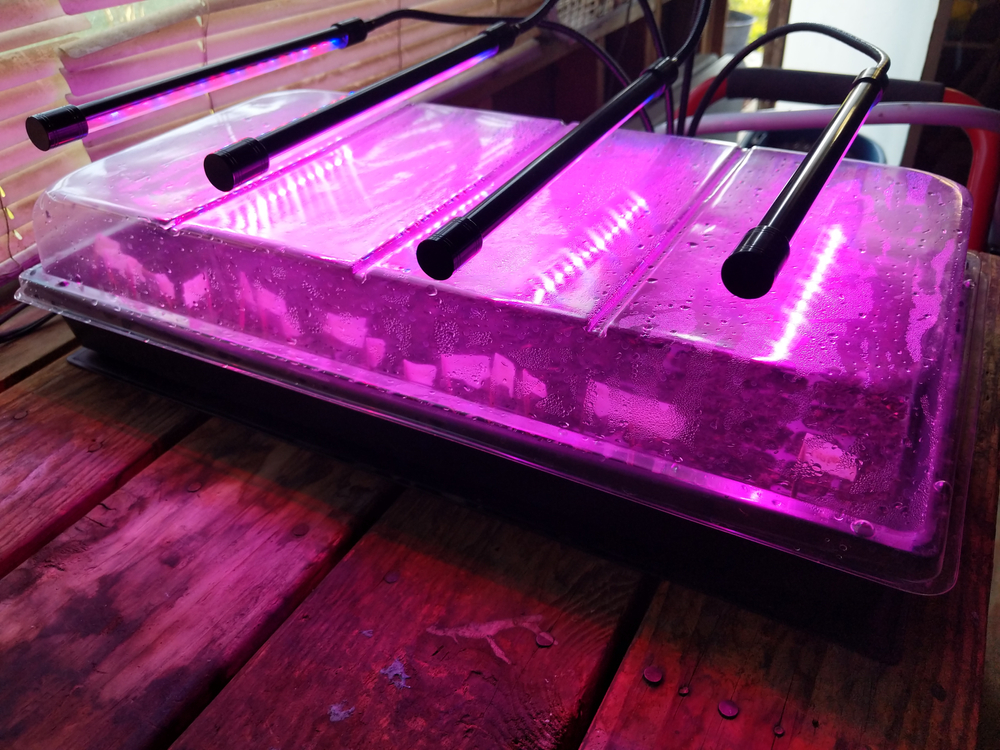
For many of us, planting outside in the garden still feels light years away. To bring that time closer, there are things that we can do bridging the gap. For instance, we can start growing seeds inside (on the windowsill), or outside in a greenhouse.
Now is also the perfect time to find out whether LED grow lights may be of use to you in germinating seeds. If they are, great!
If not, no problem. Our great-grandparents survived without them and we can too. Starting seeds in natural light just takes a little longer. Last I checked, most of us have plenty of time at home on our hands.
4. Start leek and onions indoors
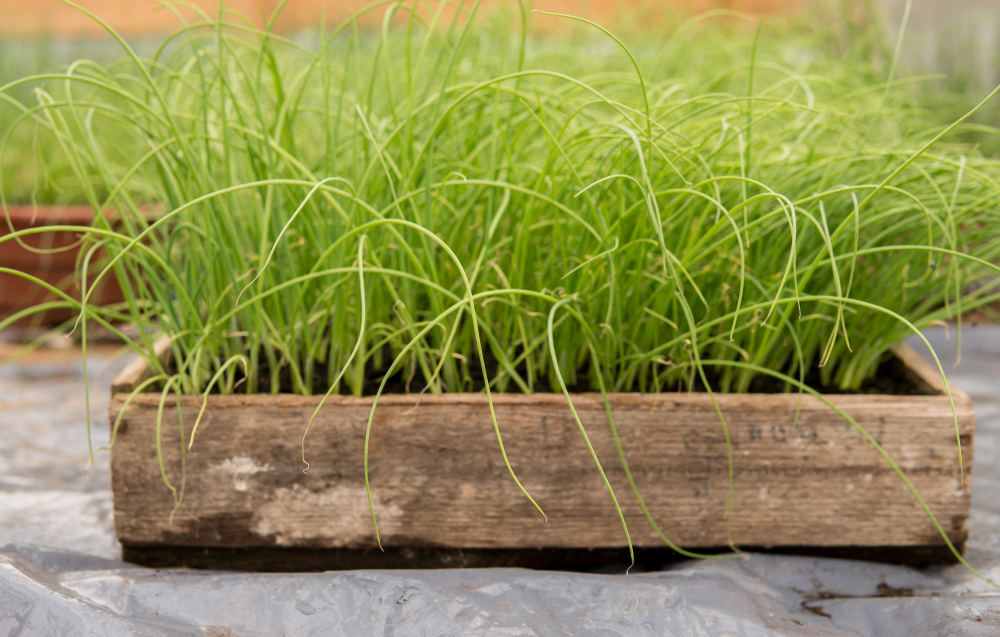
The seeds you decide to start indoors will greatly depend on your location. For the most part, leeks and onions can be started in the month of February, which can then be transplanted about 6-8 weeks later.
Your success with starting other vegetables early will vary. There are so many factors that go into deciding if the time is right: location, soil temperature, air temperature, light, moisture, frost and more.
With a greenhouse you will be able to start sooner and grow later into the season. For now, let the soil rest and wait. In the meantime, refrain from trampling your garden soil as you stay on the paths. You’ll notice a difference when it comes to planting time.
Related reading: 15 Vegetable Seeds to Sow In January Or February
5. Chit seed potatoes
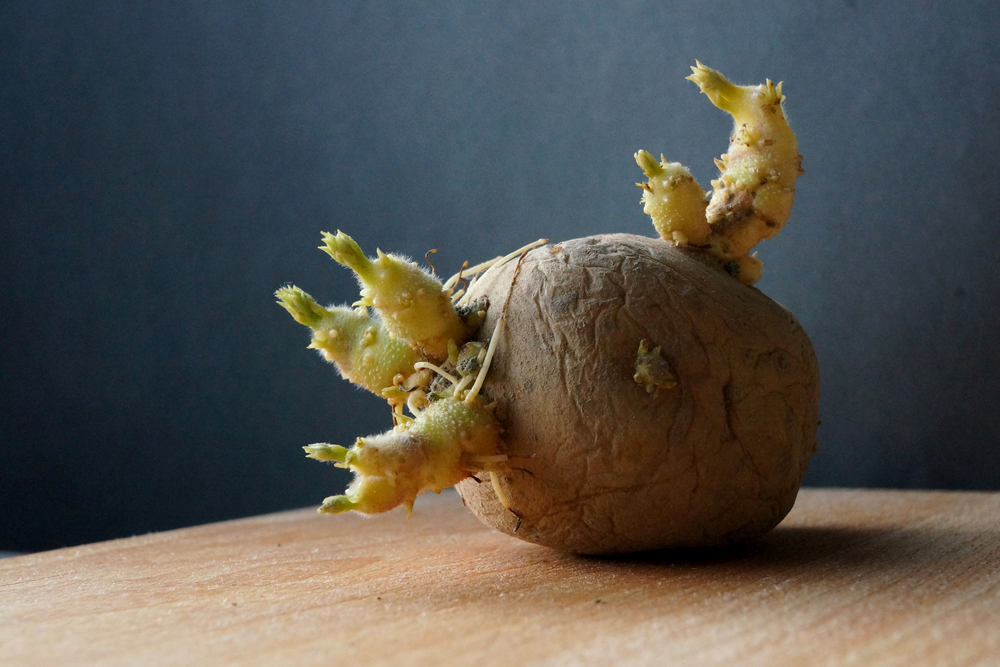
To chit or not to chit? That often seems to be the question.
The truth is, it works both ways: just as sometimes we pre-soak our corn or peas before planting to ensure their germination success. Sometimes it is only to satisfy the birds with a nice sprout…
Chitting simply means to sprout the seed potatoes before planting.
If you’ve never tried chitting your potatoes before, Elizabeth explains how to do it here, as well as giving you some potato growing tips. You’ll also find out how to choose seed potato varieties too.
6. Trim hedges and cut back vines
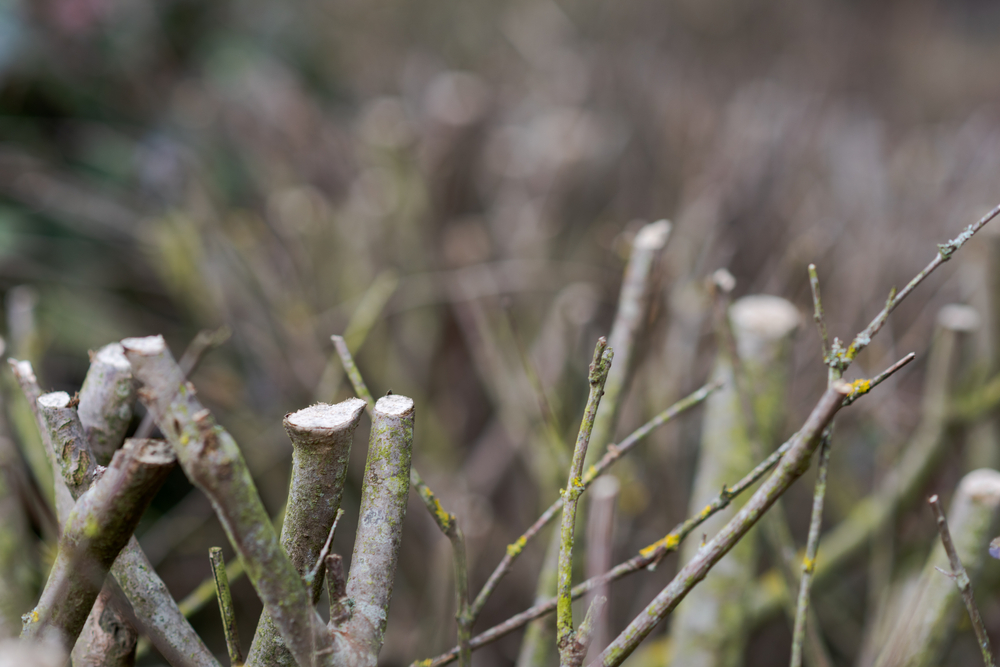
When working in the garden or backyard, it is important to consider the life cycles of other species. Now is a great time to trim back hedges before birds begin making their nests for the season.
February is also a good time to cut back willows for basket weaving. It also gives you plenty of moments outside to trim back any vines that are taking over, such as Virginia creeper and Boston ivy.
If you want your backyard garden to be in tip-top shape as the first leaves unfurl, the time for pruning is now. Except for apricots, cherries and plums!
You can also use this time to tidy any perennial plants with broken and dead branches/leaves.
7. Prune raspberry canes
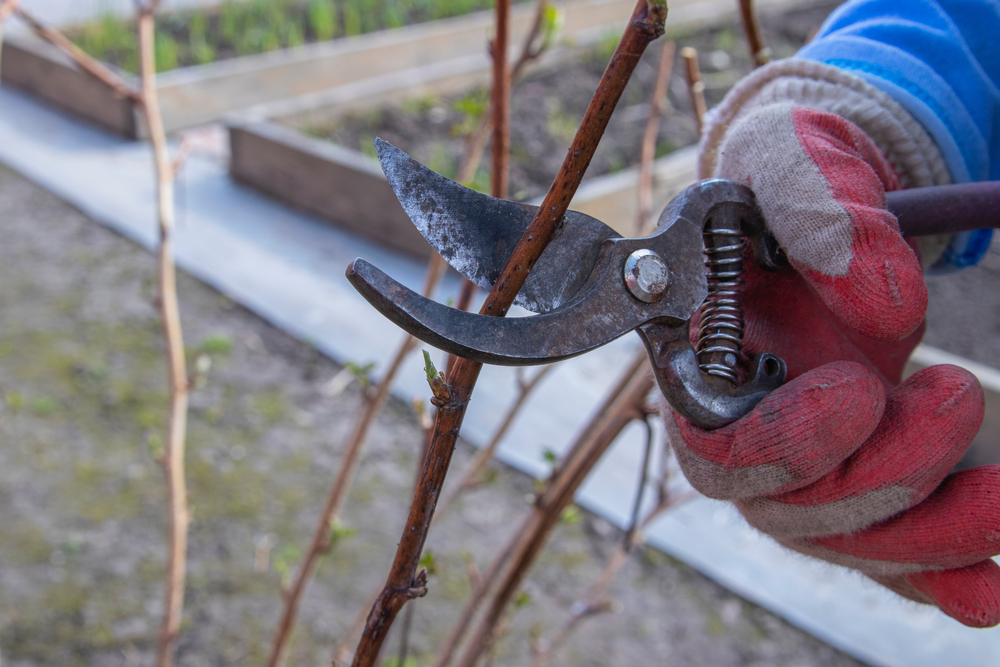
The pruning of raspberry canes can happen in summer or winter. It depends which type of canes you have.
Take a look at our guide to pruning raspberries and when you should do it here.
Many gardeners deem a good pruning to be the secret to larger, sweeter berries. So, if you have a berry patch, you might want to give it some loving attention now.
8. Prune apple trees
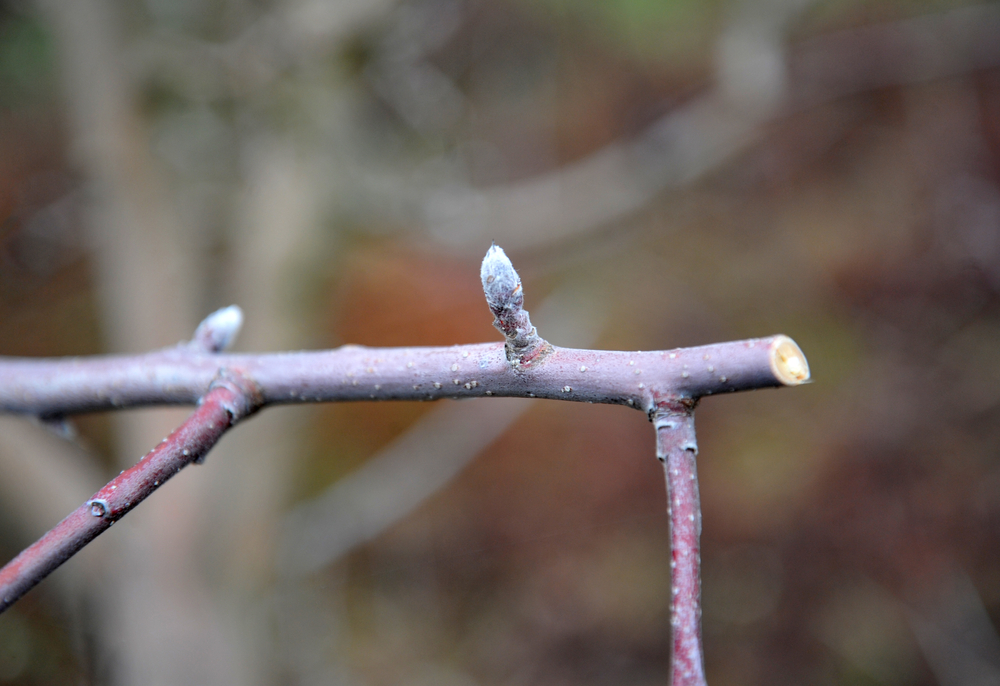
The pruning of fruit trees doesn’t need to happen every year, unless you are training your espaliered apple and pear trees.
However, keeping your apple trees well-maintained and beautifully pruned can lead to higher yields.
If you want to make jars upon jars of homemade applesauce, distill brandy (if you happen to live in Romania like me!) or dehydrate apple chips, then you will be grateful for all the apples you can get.
On my last trip to the pantry I counted more than 30 jars of applesauce. It is definitely time to start emptying those jars to make way for more canning opportunities.
9. Keep feeding the birds
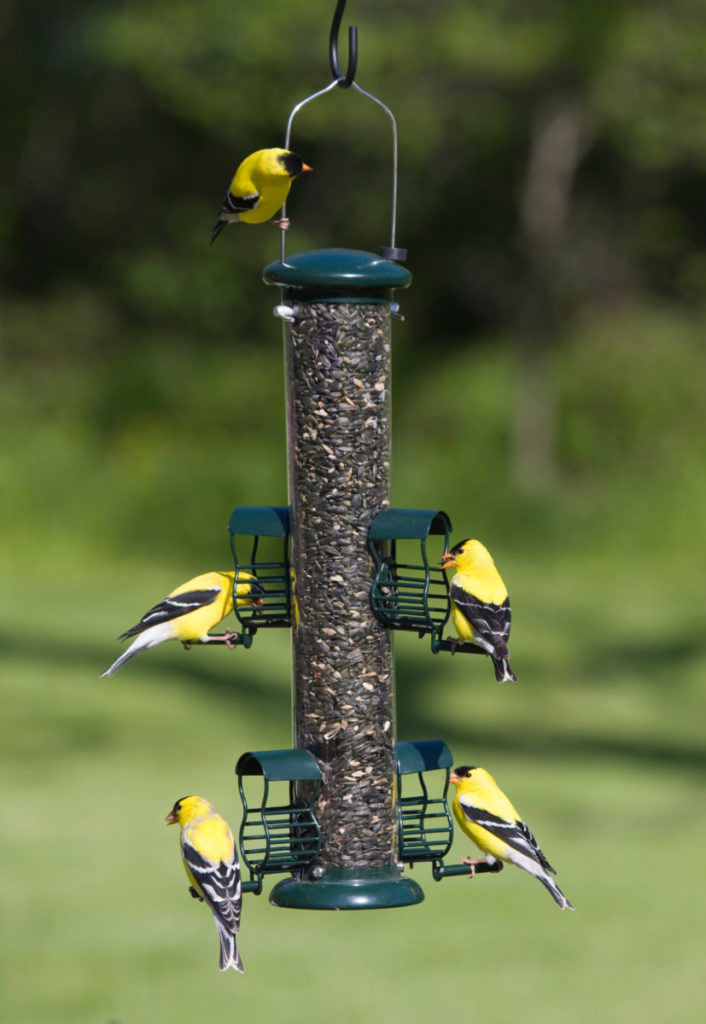
If the weather is remaining cold and snowy where you are, it may prove well and good to feed the birds until the grass gives way once again.
Feeders are one way to show your appreciation for the birds, simple birdseed ornaments with millet and tallow are another.
If you are thinking of providing for songbirds in the long-term, you may want to consider planting native trees and shrubs with berries, buds and bark that birds naturally like. And that you don’t have to refill with seeds of fruit every morning.
Plan for it now: decide on and source the trees and shrubs you need, so that you can plant them as soon as the soil allows.
10. Check your stored harvests
With plenty of cold nights already behind us and with more to come, it pays to check on your winter stash from time to time.
Has your winter squash seen its last night in the cellar? Are your onions mushy and your apples moldy? Even the most seasoned homesteader can have a bad storage year from time to time. Perhaps the fruit was overripe, or the winter too wet. Once mold sneaks in, you need to keep a watchful eye on your stored harvests. Eat it up, preserve it, or compost it.
Just make sure to get rid of any contaminated fruit and vegetables. If you haven’t learned it the hard way, you will have at least heard that “one rotten apple spoils the barrel”. We don’t want you to lose your harvest, so go check on it!
The list of gardening jobs to do in February could go on and on:
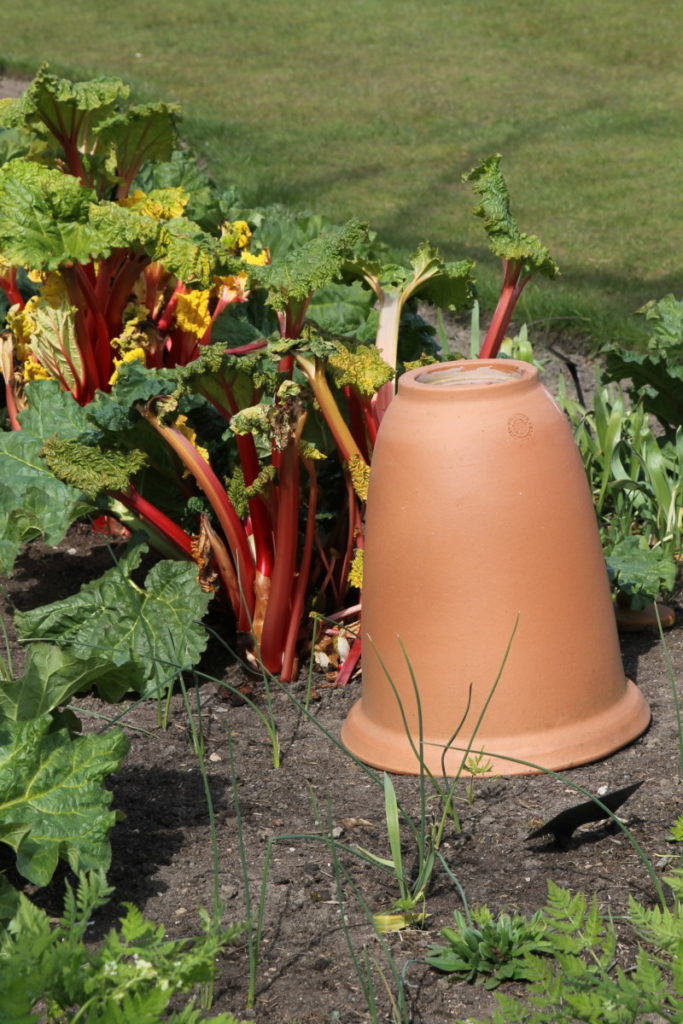
- make a cold frame
- think about investing in a greenhouse
- repair fences
- plan to build an earth oven
- germinate sprouts for a winter treat
- clean your tools
- find out what type of soil you have
- construct a compost bin
- read gardening books
- purchase asparagus sets
- order flower bulbs to ornate your landscape
- and force rhubarb for an earlier, sweeter harvest
The most important thing to do in February?
Not to rush.
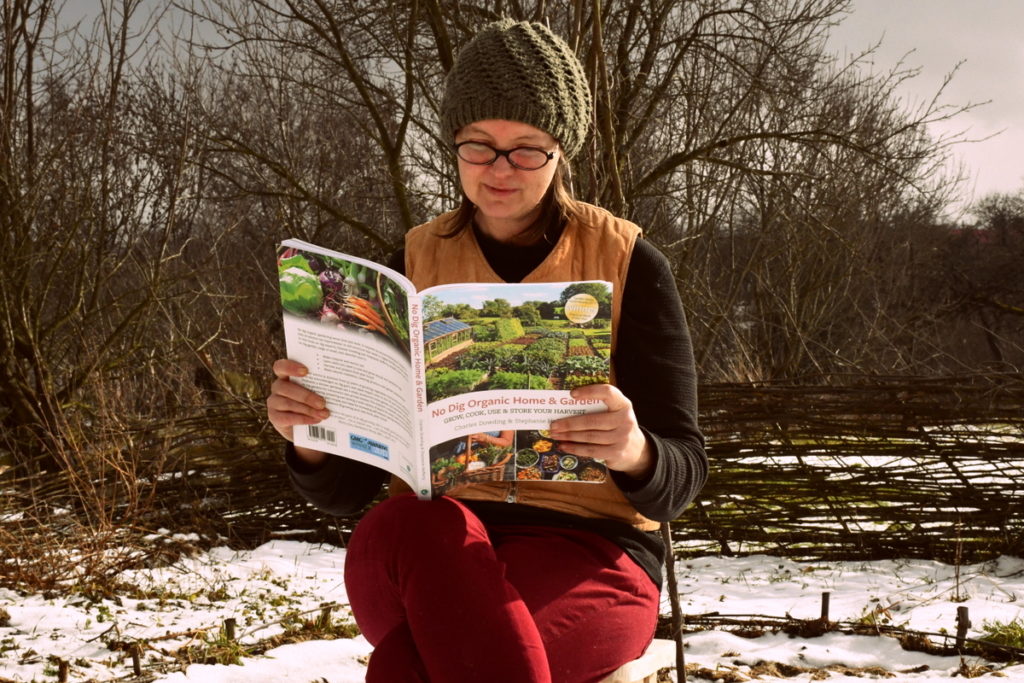
I know, this is a hard one. Sometimes it is difficult to hold back when it seems that there is so much to do and so much fun to be had doing it.
Yet, it is still February.
Don’t overindulge in working the soil, or planting your seeds too soon.
Refrain from pruning your apricots, plums and cherries.
Simply go through your colorful packages of seeds, admiring each one. Then set them down as you wait for the best planting moment. A short and sturdy 6-week-old tomato transplant is far better than a leggy one any day.
It is also important to sit back and take it easy before the muddy, hands-on work begins. Grab a gardening book and mentally prepare yourself for the joys of gardening that are soon to come!

Get the famous Rural Sprout newsletter delivered to your inbox.
Join the 50,000+ gardeners who get timely gardening tutorials, tips and tasks delivered direct to their inbox.

